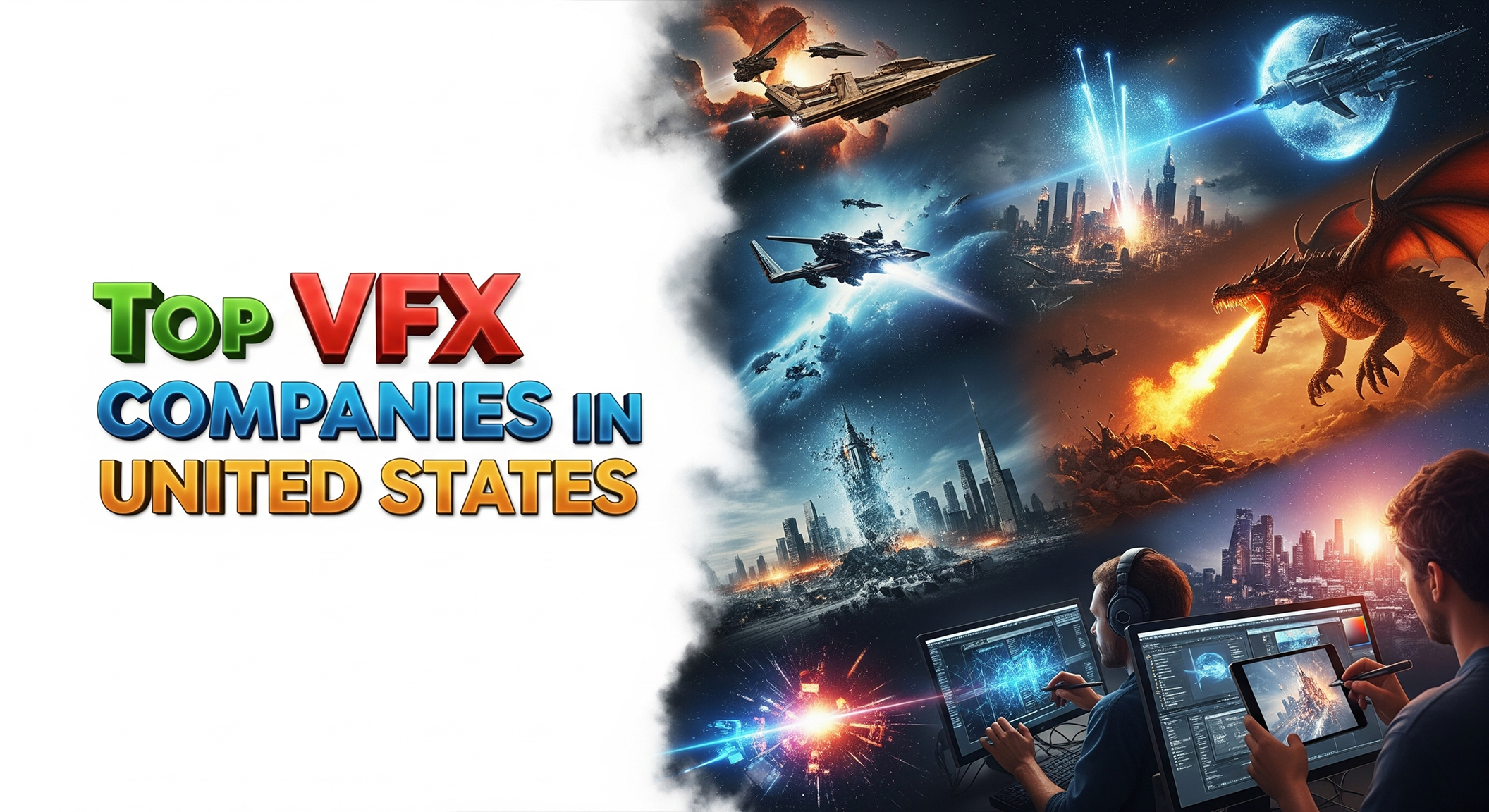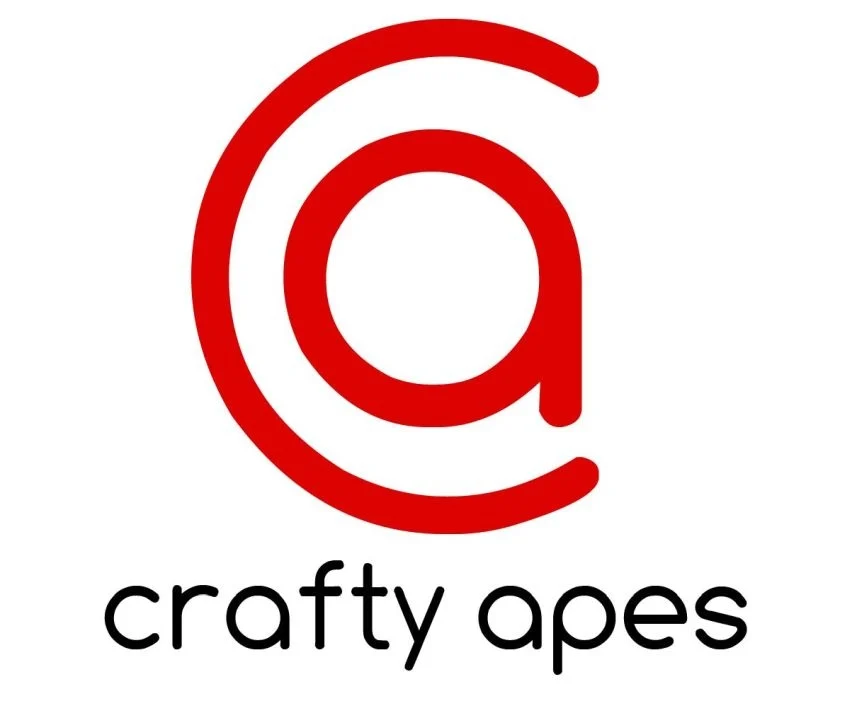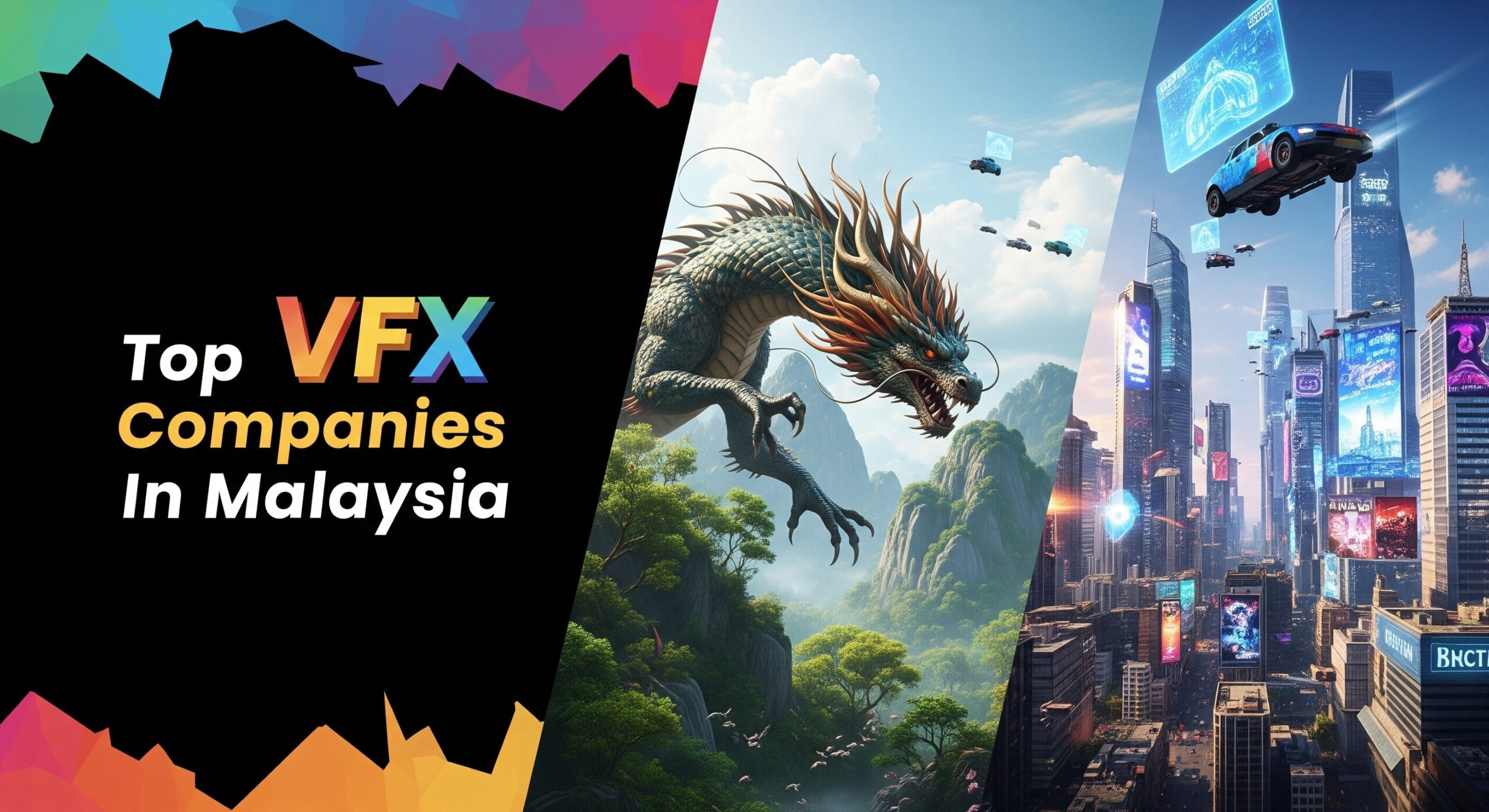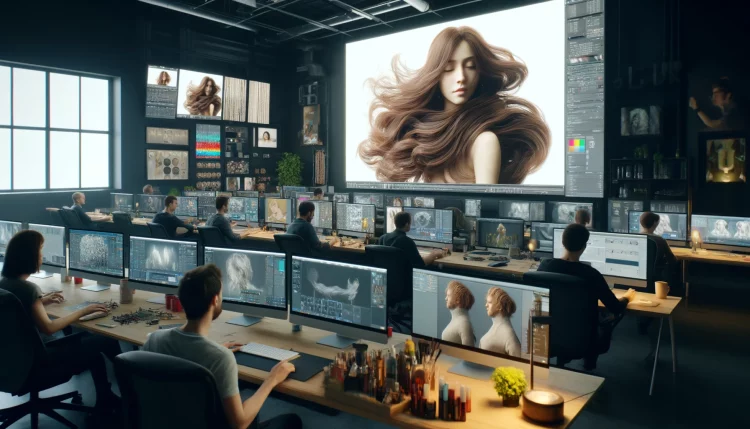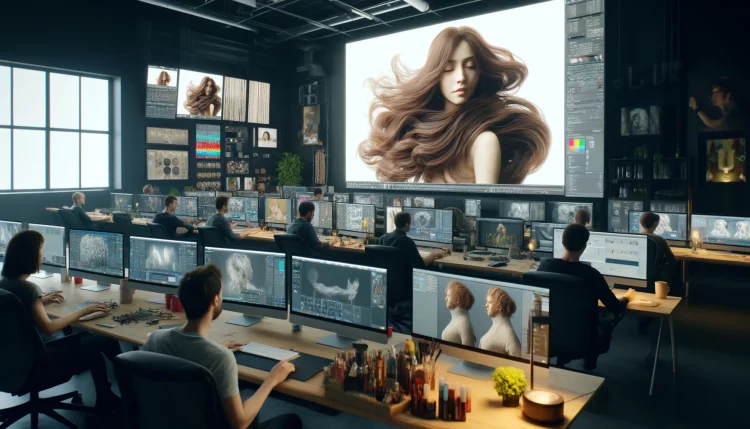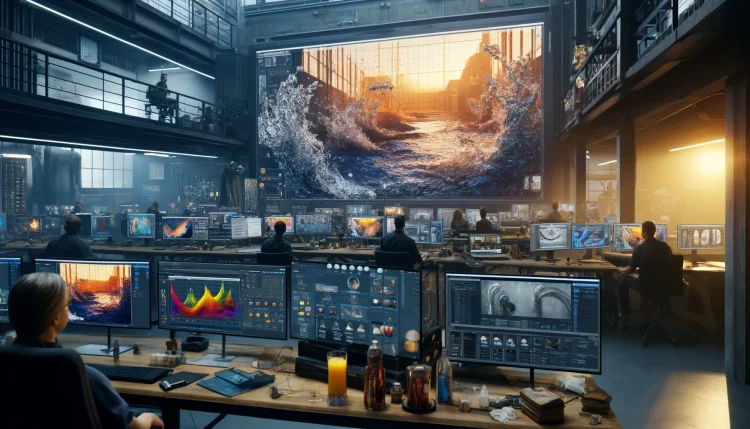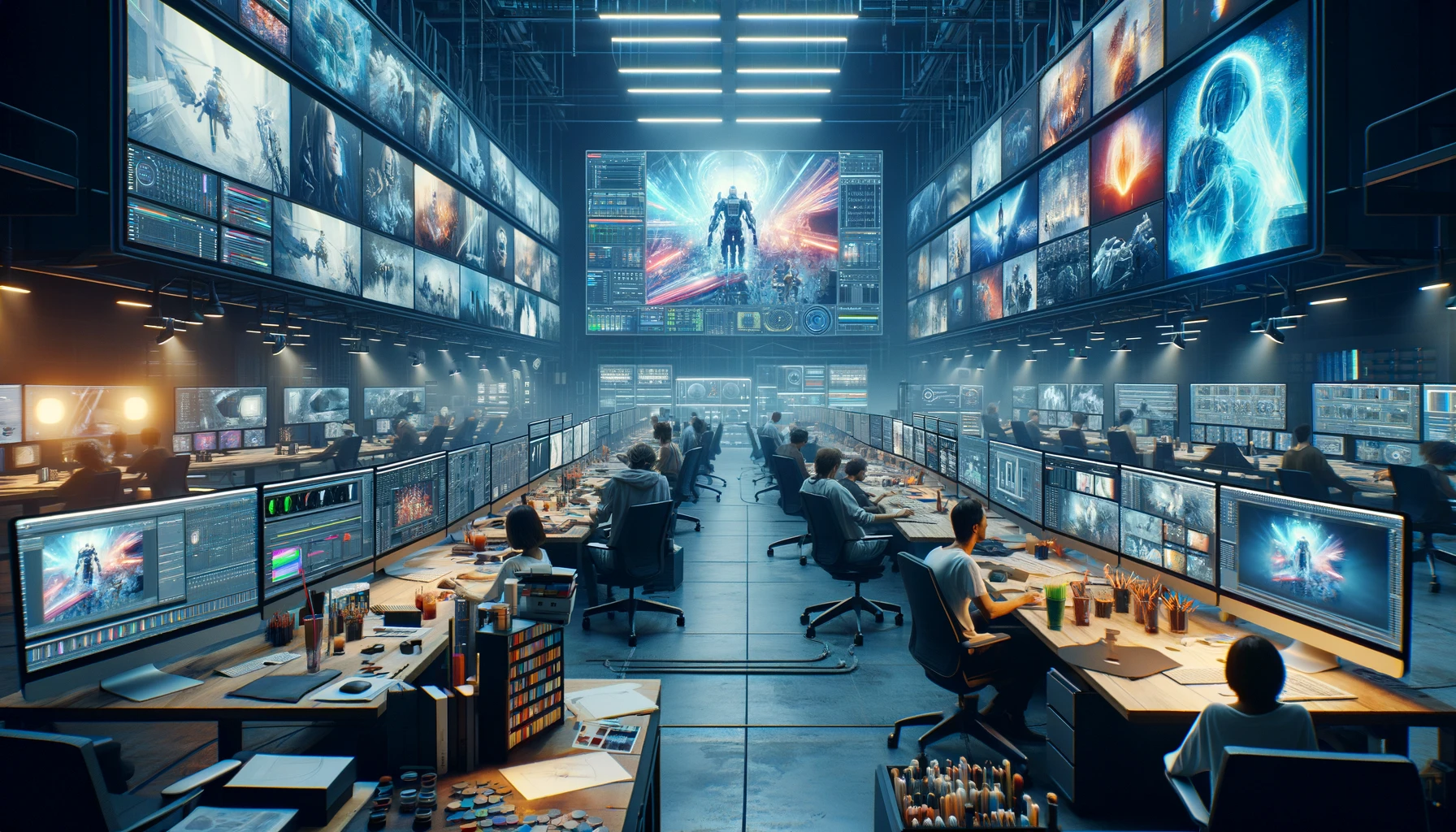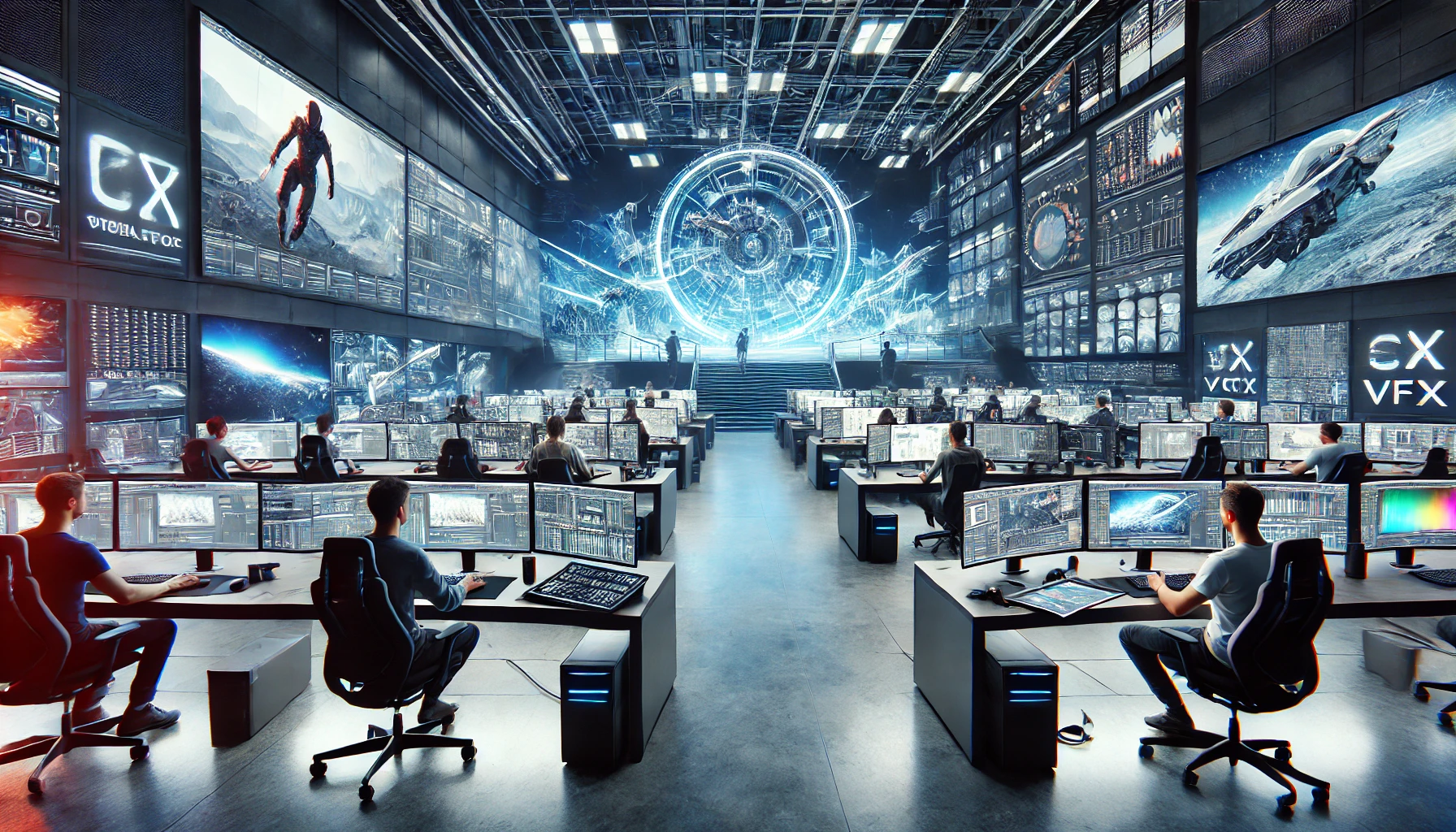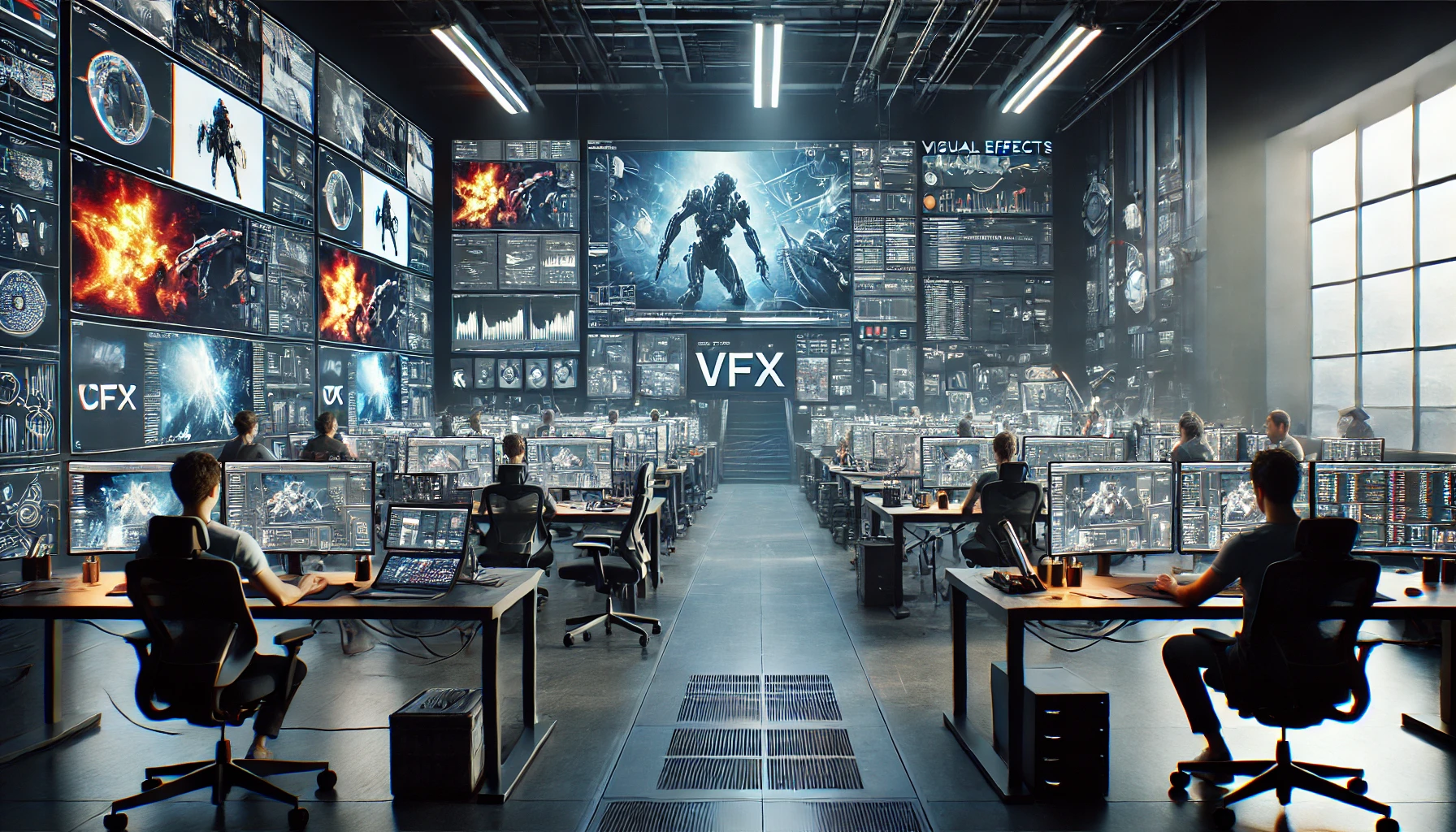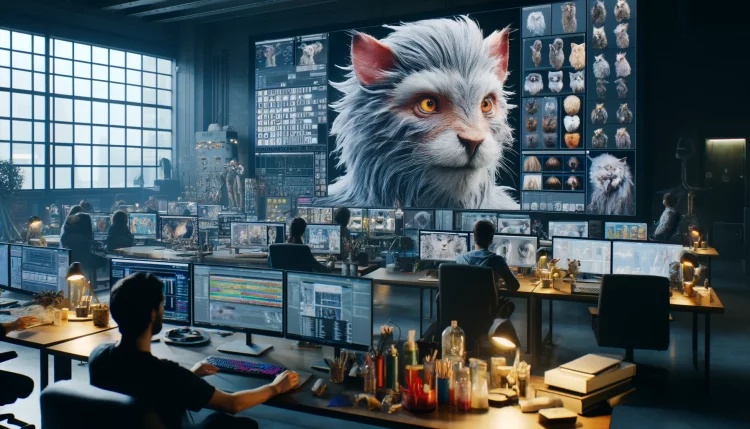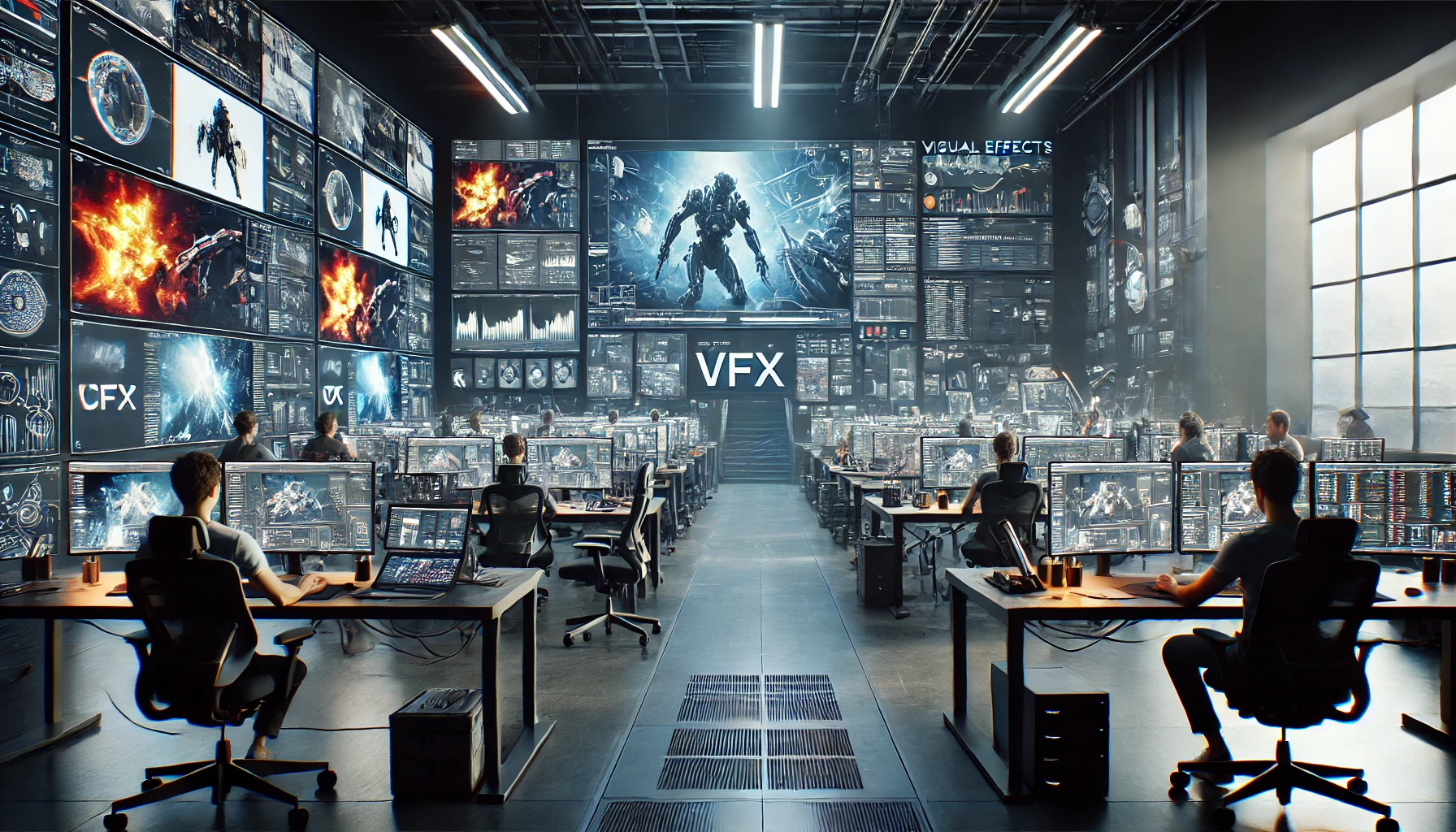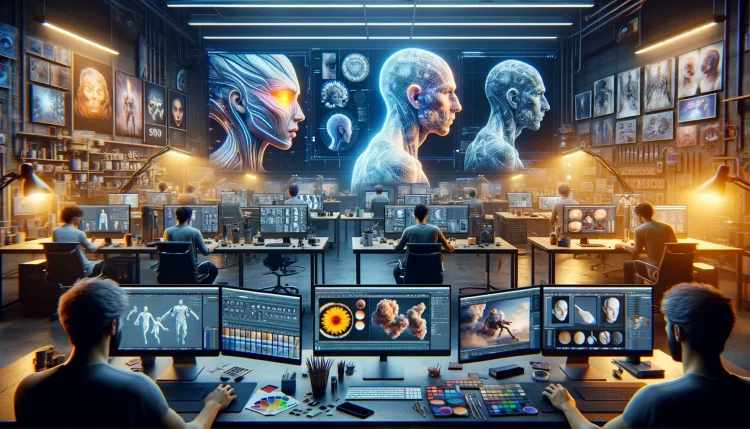Introduction
The US VFX industry is projected to hit $28 billion by 2028. Yet, for most producers and studio execs, finding the *right* partner feels like navigating a maze in the dark. Your A-list vendor is booked solid, boutique studios are hard to vet, and your team is stuck chasing bids instead of focusing on creative.
the old way of sourcing VFX partners through decade-old contact lists and word-of-mouth referrals is broken. It’s slow, limits your options, and leaves you blind to emerging talent and new technologies that could save your production millions.
In this blog, I’ll show you how to cut through the noise. We’ll break down the landscape of VFX companies in the United States, from the titans of the industry to the specialized studios you need to know. More importantly, I’ll provide a framework for choosing the right partner for any project, big or small.
Table of content
- Introduction
- Key-Takeaways
- The Big Leagues: Major US VFX Hubs & Titans
- Beyond CGI: Understanding Core VFX Specializations
- From Script to Screen: Navigating the VFX Production Pipeline
- The Game-Changer: Virtual Production’s Impact
- How to Choose the Right VFX Partner (Without the Headache)
- Hidden Gems: The Rise of Regional & Boutique VFX Powerhouses
- Conclusion
- FAQs
Key Takeaways
| Topic | Description |
|---|---|
| Market Landscape | The US market isn’t just LA and NY. Emerging hubs like Atlanta offer competitive talent and incentives, creating new opportunities for producers. |
| Partner Selection | Choosing a vendor goes beyond a reel. It requires vetting their pipeline, technology (like virtual production), and capacity for your specific project type (film, TV, or commercial). |
| The Pipeline is Key | A deep understanding of the modern VFX pipeline—from previz to final color grading—is critical for on-time, on-budget delivery. |
| Data-Driven Vetting | Using a centralized platform to find verified VFX partners and track their project history gives you a massive competitive advantage, moving you from guesswork to data-first decision-making. |
Stop Guessing, Start Knowing
Access verified profiles, project histories, and key contacts for thousands of VFX vendors worldwide.
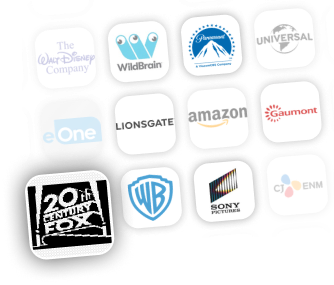
The Big Leagues: Major US VFX Hubs & Titans
When you think of world-class VFX, you probably think of California. And for good reason. The state, particularly Los Angeles, remains the epicenter of the industry. But the map is expanding, with major hubs solidifying their place as top-tier destinations for post-production.
What is the biggest VFX company in the US?
While “biggest” can be measured by revenue, employee count, or cultural impact, one name consistently dominates the conversation: Industrial Light & Magic (ILM). Founded by George Lucas, ILM is more than a company; it’s an institution that has defined modern special effects, from the Star Wars saga to the Marvel Cinematic Universe. However, the landscape includes other giants like DNEG, Framestore, and a host of powerful studios setting the standard.
Exploring Los Angeles VFX Studios
LA is the historical and commercial heart of the American film industry. It’s home to legendary shops and an unparalleled talent pool. You’ll find companies that handle the world’s biggest blockbusters here.
- Legacy and Scale: Studios in LA have the infrastructure to handle massive, multi-year tentpole films. They have deep relationships with major studios like Disney, Warner Bros., and Universal.
Companies like Method Studios and Pixomondo (with its global footprint) have major operations here, contributing to projects from top-tier streaming series to Oscar-winning films.
Inside New York’s Post-Production Houses
New York offers a different flavor, with a strong focus on commercial VFX, high-end television, and independent film. The post-production houses here are known for their agility, design-driven motion graphics, and close collaboration with the advertising and broadcast industries.
- Advertising and Episodic Power: NYC is a hub for high-speed, high-quality turnarounds required for major brand campaigns and hit TV shows.
This is where you’ll find elite finishing services, from color grading to final conforming, often under one roof. Post-houses like Light Iron and Picture Shop showcase the caliber of finishing and technical expertise available.
Beyond CGI: Understanding Core VFX Specializations
Not all VFX companies do the same thing. A studio that excels at creature animation might not be the best choice for invisible cosmetic fixes. Understanding the core specializations is the first step to building a smart vendor list.
Compositing and Rotoscoping Services
This is the art of integration. Compositing is layering multiple visual elements (like a live-action actor and a CGI background) into a single, seamless image. Rotoscoping is the painstaking process of tracing objects, frame by frame, to isolate them.
- The Invisible Art: When done well, you don’t even know it’s there. This is fundamental for nearly every VFX shot.
Top-tier compositing is the difference between a shot that looks “off” and one that feels photorealistic. It requires both technical skill and an artistic eye.
3D Modeling and Rendering
This is where digital assets are born. 3D modelers build everything from spaceships and fantasy creatures to digital doubles of actors. Rendering is the process of turning that 3D model into a 2D image by calculating light, shadow, and texture.
- Building the World: This is the foundation of any large-scale CGI project, whether it’s for a blockbuster film or a high-end commercial.
The quality of 3D modeling and rendering directly impacts the believability of your final product. This is where studios that create iconic characters and environments shine.
Motion Graphics and Pre-visualization (Previz)
Motion graphics blend animation and graphic design, often used for title sequences, data visualizations, and on-screen text. Pre-visualization, or “previz,” is a critical early-stage process that uses basic 3D animation to map out complex scenes before filming even begins.
- Planning for Success: Previz saves immense amounts of time and money on set by solving creative and logistical problems in a low-cost digital environment.
Companies specializing in previz are essential partners for directors and cinematographers, helping to design action sequences and complex camera moves long before the expensive parts of production kick in.
From Script to Screen: Navigating the VFX Production Pipeline
A VFX vendor isn’t just a service provider; they are a production partner. Understanding their workflow—and how it integrates with yours—is non-negotiable for a smooth process.
“Content decision-making should be data-first, not guesswork. The same applies to your post-production partners.”
On-Set VFX Supervision
This critical role ensures that what’s being filmed will work in post. The on-set supervisor is the bridge between the director and the VFX team, advising on everything from camera setups to green screen lighting. A great supervisor saves the production from costly reshoots.
The Post-Production Workflow
This is the core operational sequence after filming wraps. It includes editing, sound design, visual effects, and color. A streamlined post-production workflow, often managed through robust Media Asset Management (MAM) systems, ensures that terabytes of data move efficiently between departments without getting lost in email chains.
Color Grading and the Digital Intermediate (DI) Process
Color grading is where the final look and feel of the film or show is created. The Digital Intermediate (DI) is the last step, where the final color-corrected, effects-heavy master is created. This is where companies like FotoKem and other specialized finishing houses add the final polish that makes a project look truly cinematic.
Find Your Next VFX Partner in Minutes
Don't wait for the trades. Get real-time intel on which studios are working on projects similar to yours.

The Game-Changer: Virtual Production’s Impact
Led by shows like *The Mandalorian*, virtual production is reshaping the industry. Using massive LED walls displaying real-time CGI environments, it allows filmmakers to shoot final-pixel VFX in-camera, reducing the need for traditional green screen compositing.
Rise of Virtual Production Companies in the USA
Studios are racing to build out virtual production stages. These are complex, technology-heavy facilities requiring expertise in game engines (like Unreal Engine), real-time rendering, and camera tracking. Companies that master this are gaining a significant competitive edge.
Benefits for VFX on Streaming Platforms
For Netflix, Disney+, and other streamers with massive content slates, virtual production offers a huge advantage. It accelerates timelines, gives actors a real environment to perform in, and provides greater creative control during principal photography. This is a key part of the future of VFX.
How to Choose the Right VFX Partner (Without the Headache)
Finding the right partner is a strategic decision. It’s about matching the right skills, scale, and budget to your project’s specific needs. Here’s how to approach it.
How to Choose a VFX Vendor
Don’t just look at their sizzle reel. A great reel shows what they *can* do, not what their capacity is *right now*. You need a more strategic approach.
- Define Your Needs Clearly: Do you need 500 complex hero shots for a sci-fi film, or 50 invisible clean-up shots for a drama? The ideal partner is different for each.
Clarity on scope is the first step. This determines whether you need a large, full-service facility or a specialized boutique shop.
- Check Their Recent Work and Pipeline: Ask about their workflow and the tools they use. Are they compatible with your own post-production workflow?
A studio’s recent projects are a better indicator of their current capabilities than a reel with work from five years ago. Look for partners who have handled projects of a similar scale and genre to yours.
The Importance of Finding Verified VFX Partners
How do you know if a company is reliable? Vetting takes time—time your producers don’t have. This is where a centralized data platform becomes invaluable. Platforms like Vitrina’s global supply-chain hub provide verified company profiles, mapping their relationships, key personnel, and past projects.
- Move Past the Pitch: Instead of relying on a sales pitch, you can see a company’s actual track record. Who have they worked with? What types of projects have they successfully delivered?
This data-driven approach to the VFX project bidding process allows you to build a shortlist of highly qualified, pre-vetted vendors in a fraction of the time.
Hidden Gems: The Rise of Regional & Boutique VFX Powerhouses
The VFX landscape is decentralizing. Generous tax incentives and a growing talent pool have turned cities like Atlanta into major production hubs.
The Booming Atlanta VFX Industry
Atlanta is a prime example of a regional success story. Driven by Georgia’s production tax credits, it has attracted a cluster of world-class studios. These shops handle everything from massive Marvel blockbusters to hit television series.
- A Full-Service Hub: Atlanta is home to companies that can handle a project from start to finish, including many specialized and boutique studios.
Studios like Crafty Apes have a significant presence here, demonstrating that you don’t need to be in LA to produce outstanding work for major television series and films. Even larger service providers like TransPerfect, known for localization, are part of this integrated global supply chain.
VFX for Independent Film and Commercials
Boutique studios are the lifeblood of independent film and high-end commercials. They are often more agile, design-focused, and can offer a more personalized level of service. Finding these specialized partners, like Buffalo 8, which provides a range of production and post services, can be the key to making a smaller budget look like a million bucks.
Vitrina’s Role: Your Unfair Advantage in a Competitive Market
Navigating this complex web of studios, specializations, and pipelines is a full-time job. Vitrina transforms this challenge into an opportunity.
Instead of relying on outdated lists, you can use the Vitrina platform to get a real-time, global view of the entire supply chain. Our Film+TV Projects Tracker lets you see what’s in development or production long before it’s public knowledge, giving your business development team a critical head start.
You can filter over 140,000+ companies by specialization (e.g., “Virtual Production” or “Color Grading”) and territory to instantly find relevant, verified partners for your next project.
Think Netflix-level visibility for your vendor discovery and content pipeline. That’s what a centralized, data-first approach provides.
Conclusion
The landscape of VFX companies in the United States is more dynamic and accessible than ever before. The key to success is no longer about *who you know*, but *what you know*.
By understanding the different specializations, navigating the production pipeline intelligently, and leveraging data to find verified partners, you can build a more resilient, efficient, and creative supply chain.
What’s the first strategy you’re going to try? Let me know in the comments.Get Your Vitrina Membership Today
Frequently Asked Questions
VFX companies create and integrate digital imagery with live-action footage to create environments, characters, and effects that would be impossible, dangerous, or too expensive to film in reality. This includes everything from CGI and animation to compositing and color grading.
There are thousands of studios, ranging from global corporations with hundreds of employees to small, specialized boutiques with just a handful. Vitrina tracks over 17,000 post-production houses globally, with a significant portion located in the United States across major and emerging hubs.
Special effects (SFX), or practical effects, are done physically on set—like a controlled explosion or prosthetic makeup. Visual effects (VFX) are created digitally in post-production. Modern filmmaking almost always uses a combination of both.
A strong portfolio or demo reel is essential. Focus on a specialization (e.g., compositing, 3D modeling, animation). Many artists attend specialized schools or gain experience with smaller projects. Networking and staying current with software like Nuke, Houdini, and Maya are also key.
























